Lessons learned in 2008 Charles City flood
By Kelly Terpstra, kterpstra@charlescitypress.com
Chet Culver and Mark Kuhn stood on the north bank of the Cedar River in Charles City 10 years ago with concerned looks on their faces. They wondered just how much more water the city’s Main Street Bridge could take before becoming part of the river it rose above.
That bridge stood strong, but their worry was justified later that night as the town’s historic suspension bridge would collapse in what was and still is the city’s worst recorded flood in its 160-year history.
The date was June 9, 2008.
The flood that year ravaged towns all along the Cedar River. All rivers in the state were affected and the damage was widespread. Economic losses ran into the billions. Roads were shut down. Businesses were left to ponder their future.
“We really concerned that it was going to go,” said Kuhn, who served in the Iowa Legislature during that time and is a current member of the Floyd County Board of Supervisors.
The Cedar crested at 25.3 feet — a remarkable level that bested the previous record by more than two feet. To put that in perspective, the Cedar River’s current level is around 4 feet and flood stage is considered 12 feet.
Those high waters sent hundreds of people looking for shelter after their homes were caught in the water’s path. Damage to public buildings in Charles reached over $4 million and well over 200 homes were damaged because of the flood waters.
Mitigating that type of disaster in the future is on the mind of Kuhn and others in Charles City on a consistent basis.
“With the changes in weather patterns, you can just see historically that we’re having more and more high-water events,” said Charles City Administrator Steve Diers. “For whatever reason, we’re having more of them, so we need to be prepared to do whatever we can to prevent those.”
What has changed since 2008 has been considerable.
Another flood in 2016 would wreak havoc on Charles City, this time shutting down the wastewater treatment plant. Six inches of rain fell in just one night in that flood. The city was inundated with so much water that the pumps went out and Charles City didn’t have the ability to use its sewer system for three days.
“When you talk about disasters, we’ve had our fair share,” said Diers, who took over as city administrator in March of 2014.
The Charles City Council just last September approved a $16.4 million project to build a new wastewater treatment plant. Part of that plan includes an equalization tank, that in periods of heavy rain will capture that water rather than flood out the plant.
The catastrophic event in 2008 led to the 2009 and 2010 permeable paved street projects in Charles City. Lower lying areas in town did not have storm sewers, so they did not have proper drainage. Rather than put in storm sewers, 23 blocks of permeable paved streets were constructed, Diers said. Water will sink in between the cracks of the pavers, so it doesn’t immediately release to the river.
What Diers, city leaders and Culver, Iowa’s governor from 2007-2011, have tried to do is make it a lot harder for a flood to again cause massive damage.
In 2008, Culver immediately appointed 30-, 60- and 90-day task forces. Kuhn said virtually every legislator that represented a district on the Cedar River was placed on a special committee.
Kuhn has been involved in recent years in forming programs in the state to help decrease the flow of water into local rivers and tributaries.
Kuhn was chairman of the Upper Cedar Watershed Management Improvement Authority, created in 2012. That particular WMA helps with water retention and quality. It received a $1.6 million dollar grant from the Iowa Flood Center, which was created in 2008 and is located on the campus of the University of Iowa.
Kuhn was also a member of the Rebuild Iowa Disaster Recovery Committee, formed by Iowa House of Representatives. One recommendation of that committee was that no “critical infrastructure” should be built within the 500-year floodplain. Although the Legislature did not pass that into law, it remains a recommendation.
Jim Davis was a member of the Rebuild Iowa Advisory Commission which conducted two reports, one a 45–day study, the other a 120–day report on the 2008 flood.
The short-term and long-term studies found that total damages to crops, grain and associated infrastructures was estimated between $2.5 and $3 billion in Iowa. The 2008 flood affected 85 out of Iowa’s 99 counties.
Davis, a longtime Charles City resident, was personally affected 10 years ago when water filled his business, Iowa Title and Realty Co., which sits just feet away from the Cedar River on Main Street. His home 2 miles upstream was also flooded.
Davis said that commissions such as Rebuild Iowa and the aforementioned watershed program are also addressing water quality as well.
“Everybody understands quantity — when water’s coming in. But we’ve got a huge water quality issue. That’s a whole other topic. I care deeply about it,” said Davis, who moved to Charles City in 1977.
Lezlie Weber, Floyd County emergency management director, constantly monitors the status of the Cedar River’s levels. She is in coordination with the National Weather Service as well as local officials to help keep everyone abreast should the river rise close to flood stage.
If the river is expected to go over flood stage, then it is Weber’s decision, along with others, on whether to open the Emergency Operations Center (EOC). This is where all the tracking and coordinating happens, said Weber.
Weber stated that she is currently in the beginning stages of revamping the sandbagging coordination and efforts.
“We are looking to get a more organized flow to everything so we can track everything better and the overall operations of the location can move more smoothly,” she said.
Charles City also created temporary retaining walls around the fire station to help keep it from flooding, said Kuhn. The station lies in the 500-year floodplain.
A new Floyd County jail and law enforcement center in Charles City, which has been approved to be built right next to the courthouse, also lies within that floodplain.
Kuhn made sure while the center was being designed that it be built to be above the 500-year floodplain. The architects involved say that can be accomplished by raising it about a foot with fill and building gradual ramps to connect with the courthouse.
No matter the effort, or the time and energy put into lessening the effects of what Mother Nature can unleash, there’s always room for improvement.
“We’ve had five major flood occurrences in the last 25 years,” said Davis. “We haven’t done as good a job as I would like at retaining water on the land by putting in marshes, wetlands, planting trees or putting in buffer strips. Which would at least, if they didn’t retain the water on the land, would slow the rate by which it gets to the river.”

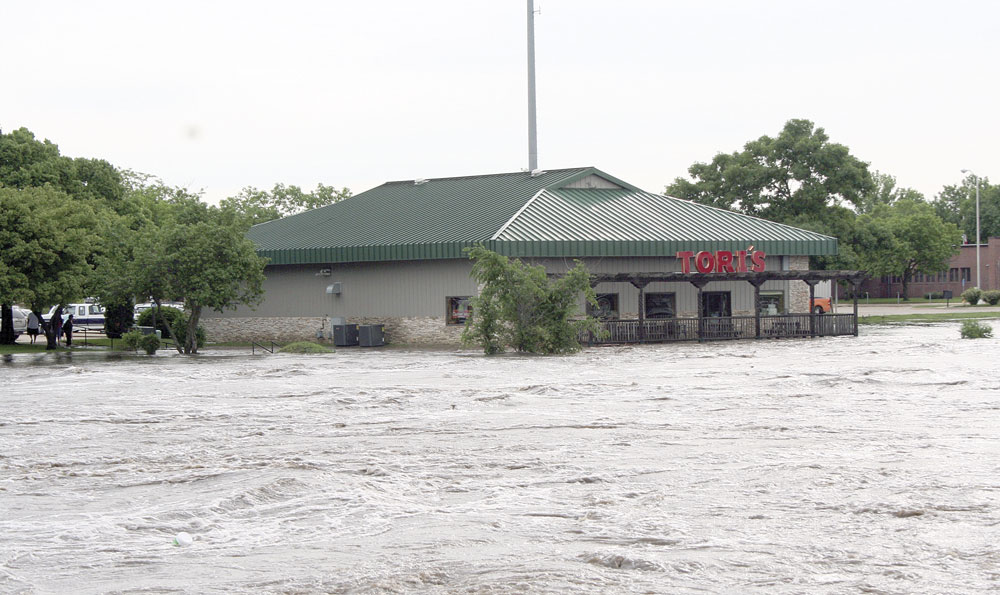
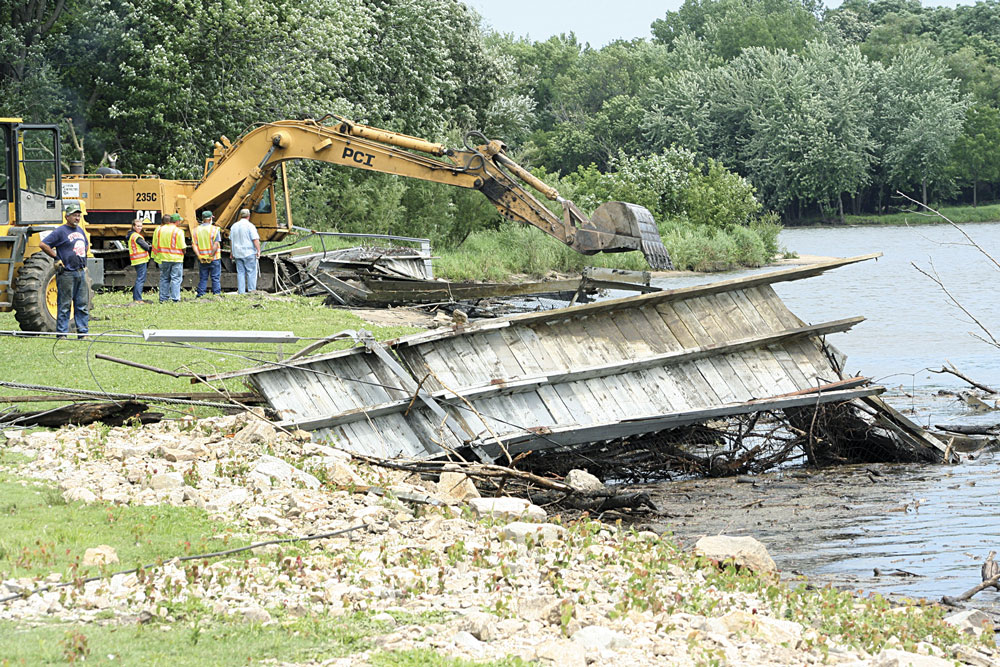
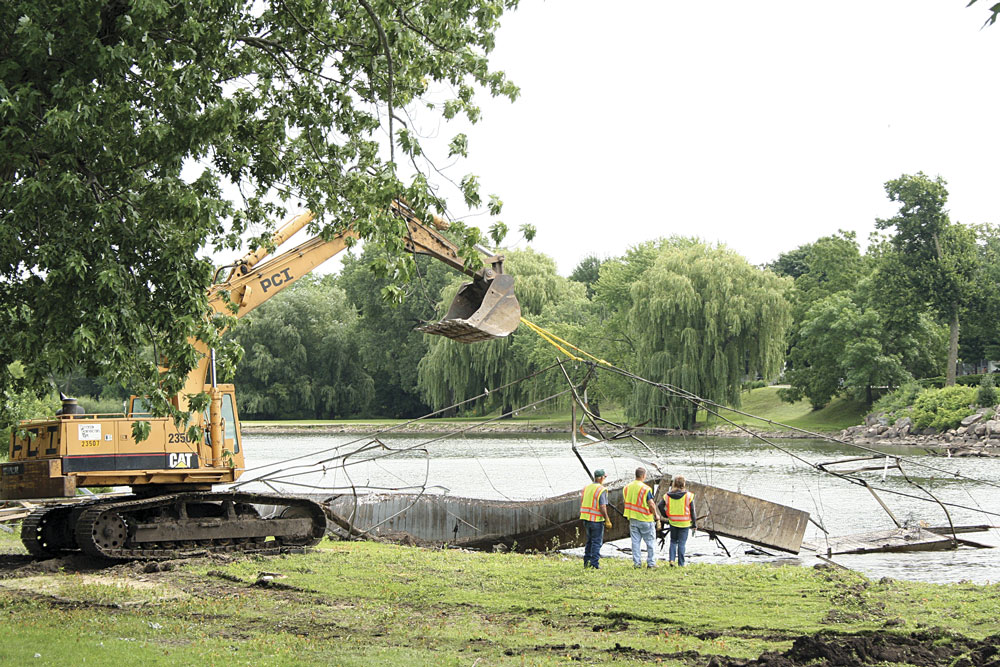
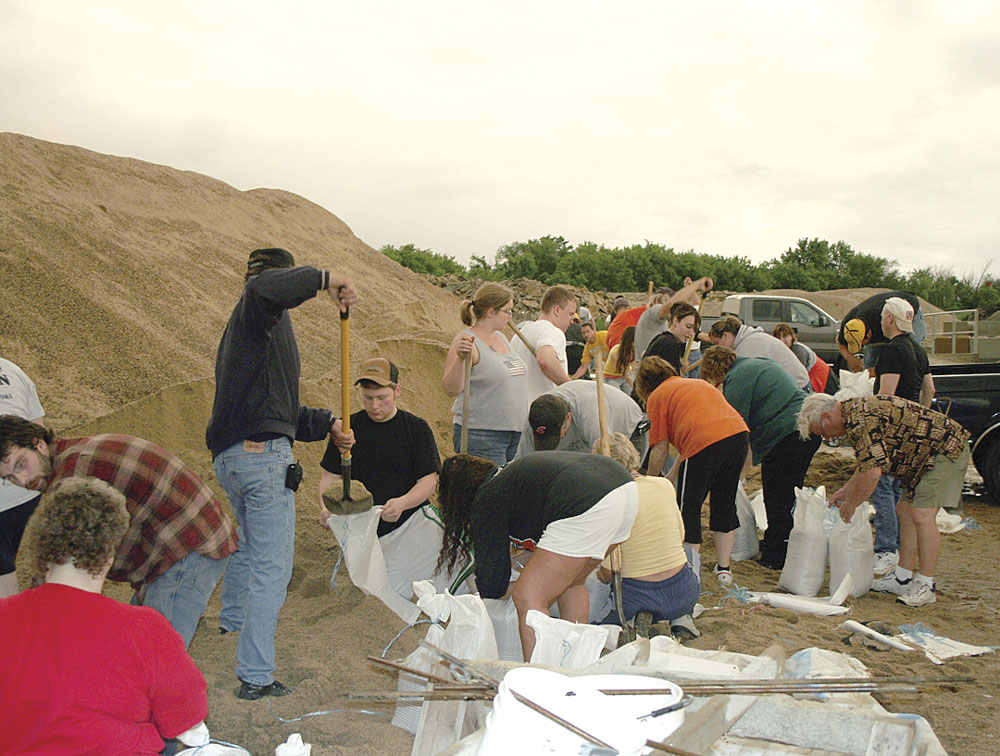
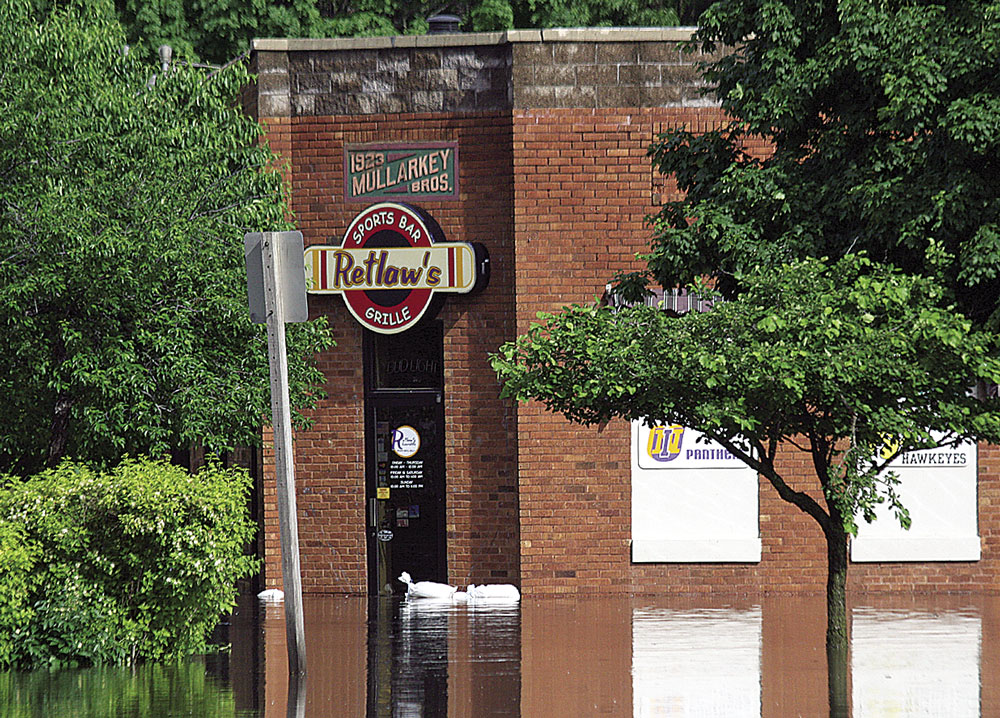
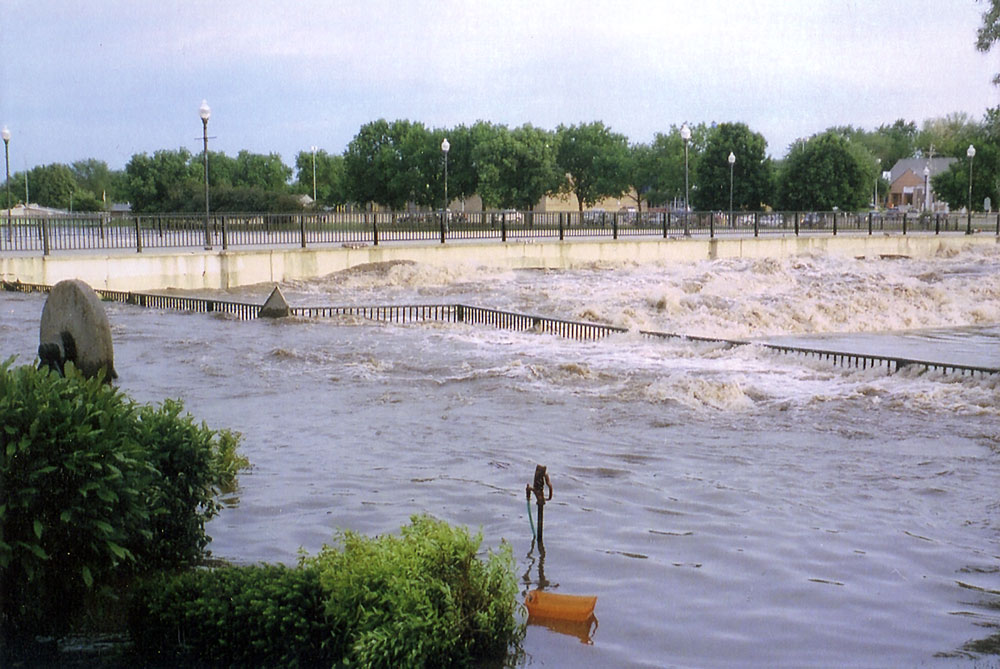
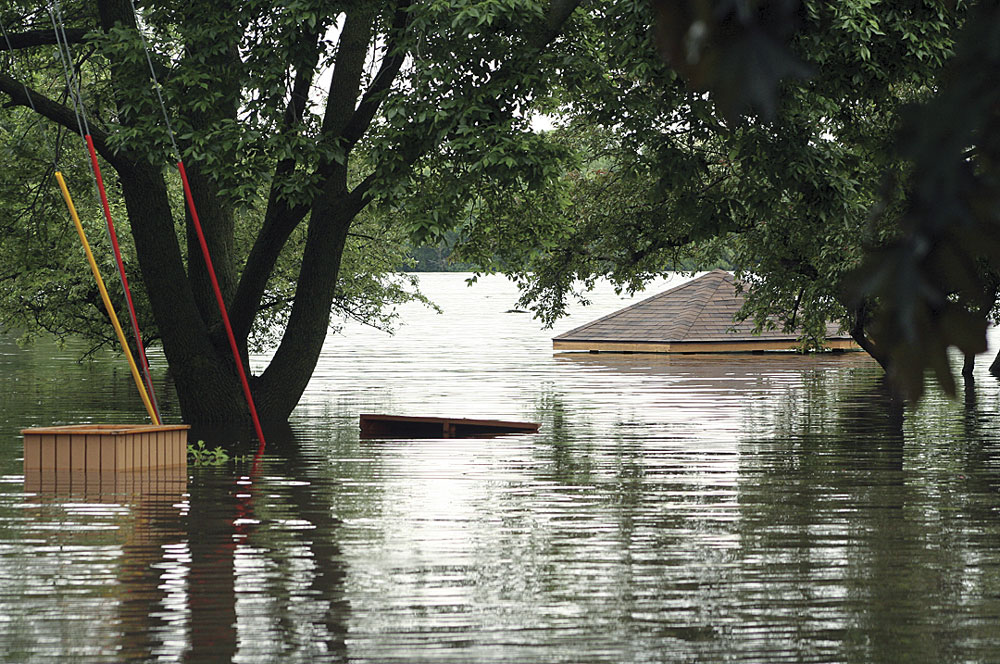
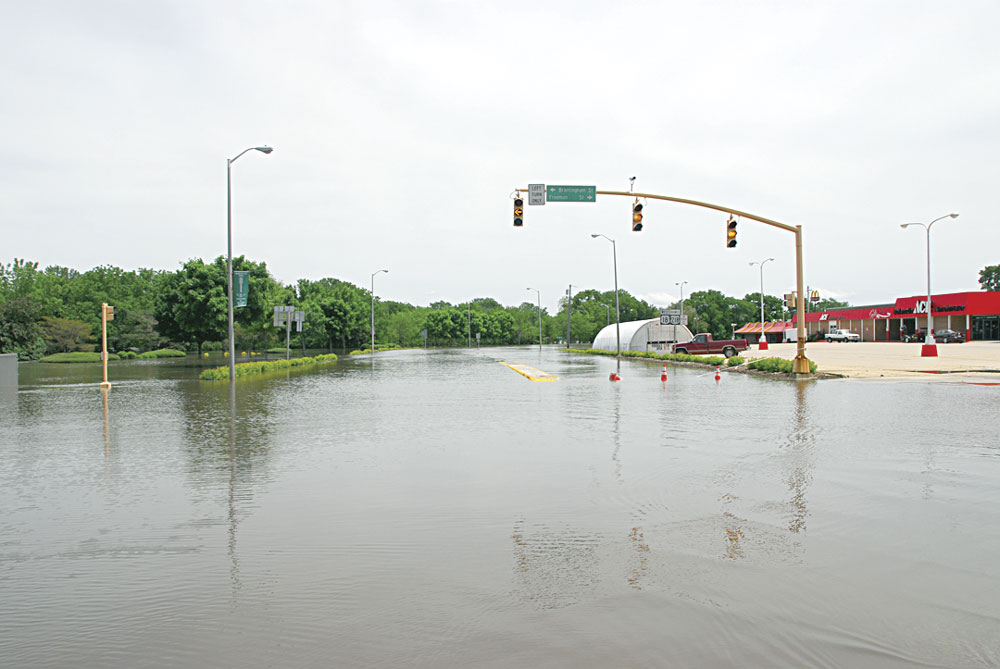
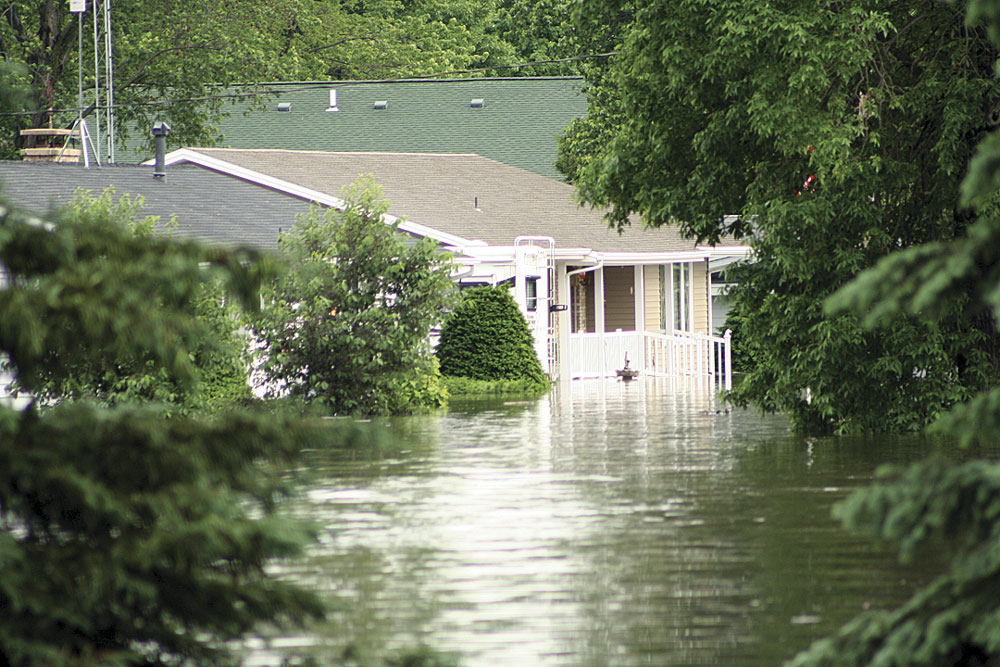
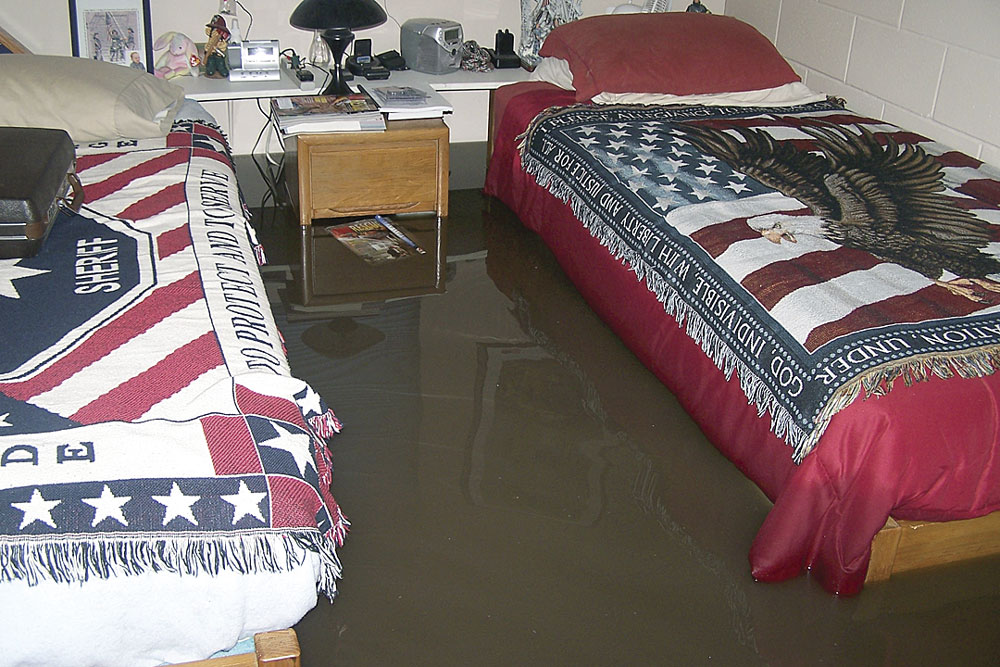
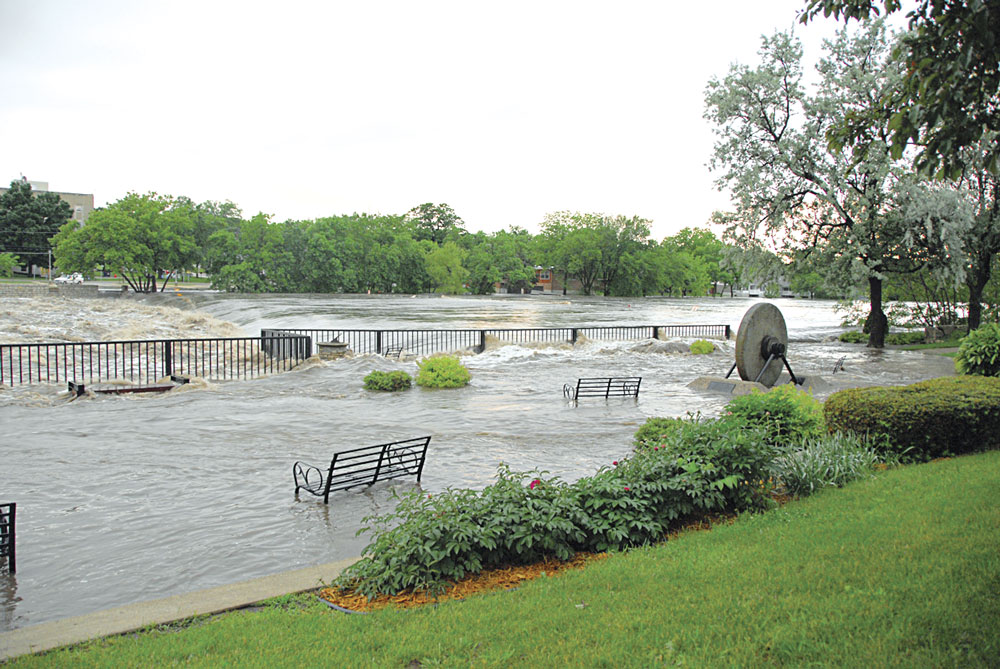
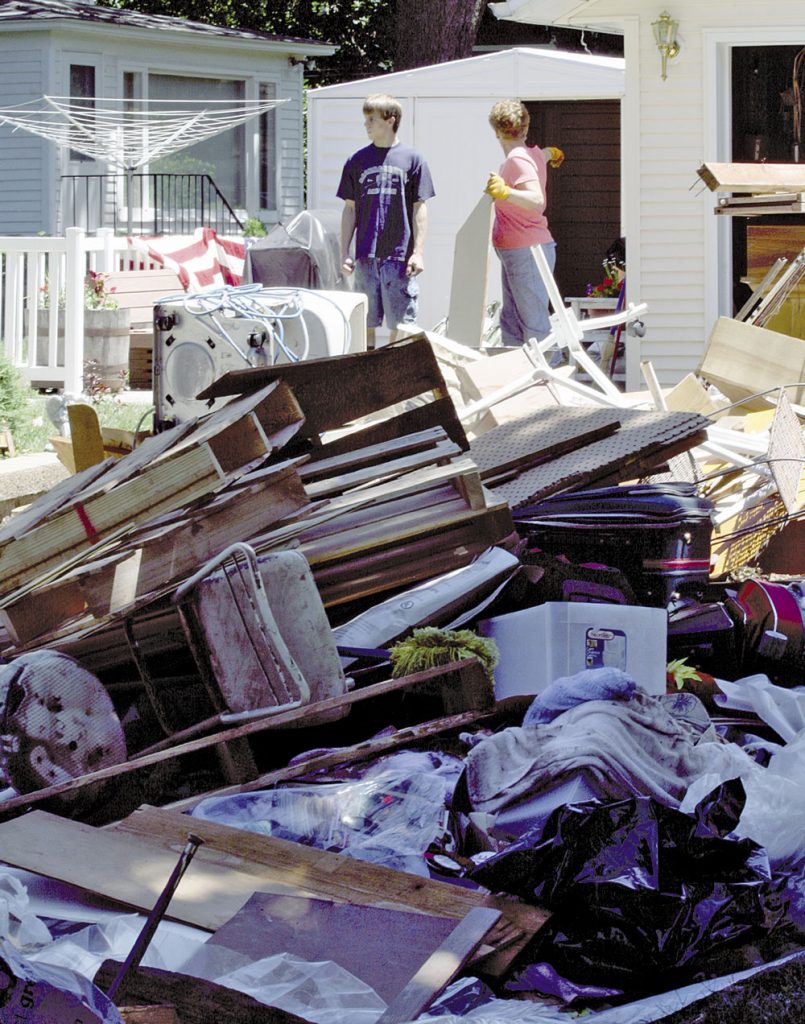
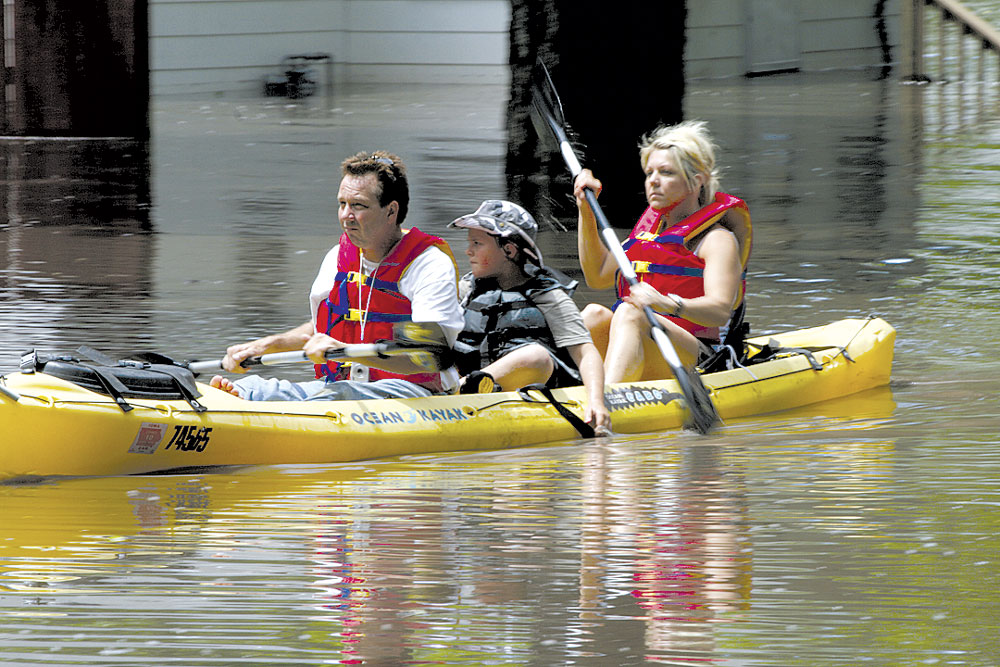
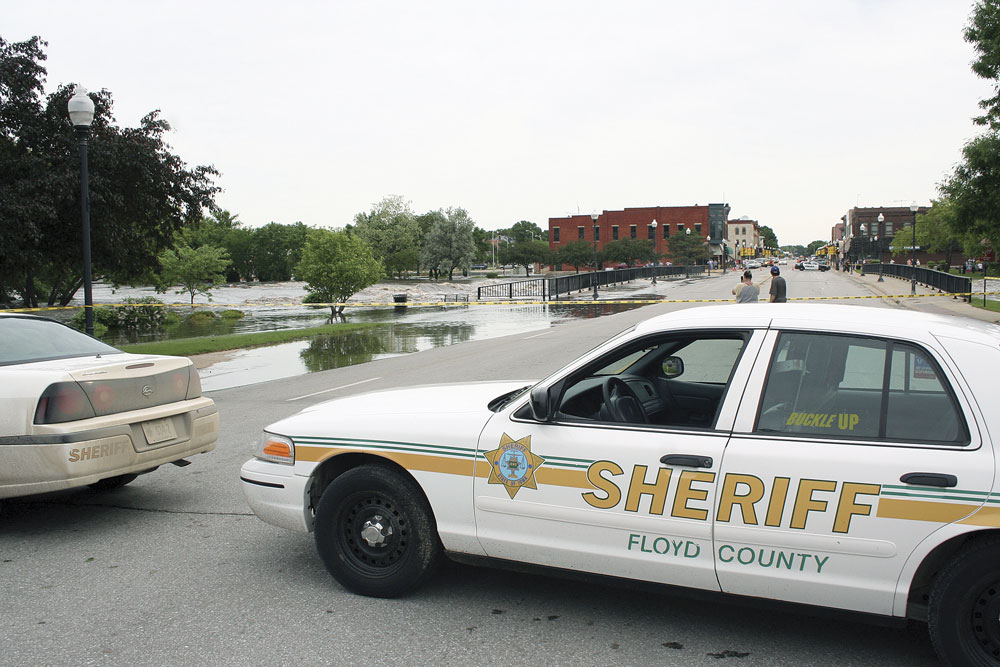
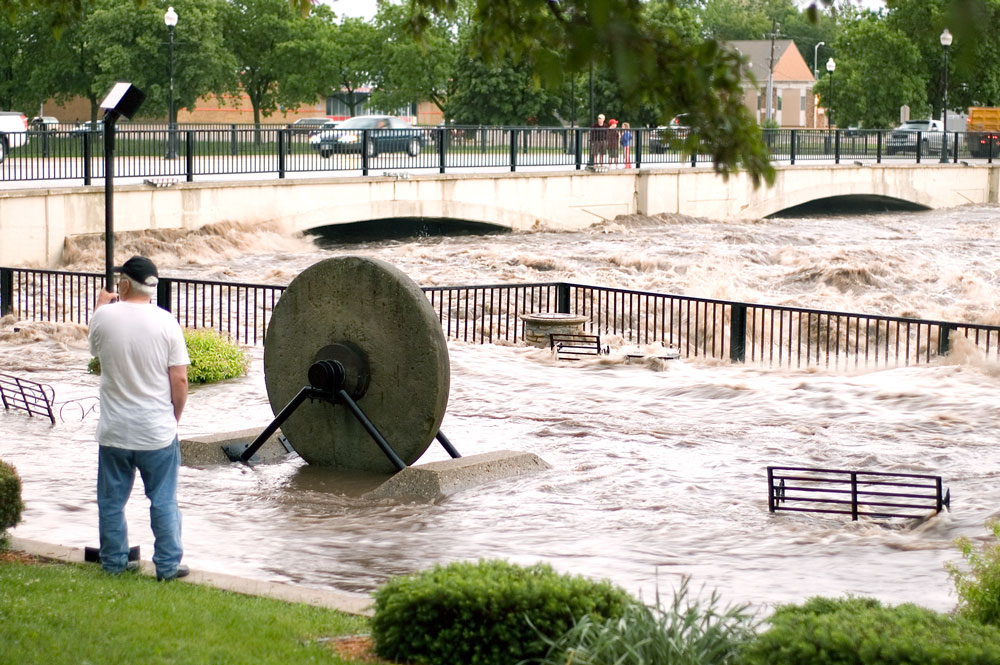
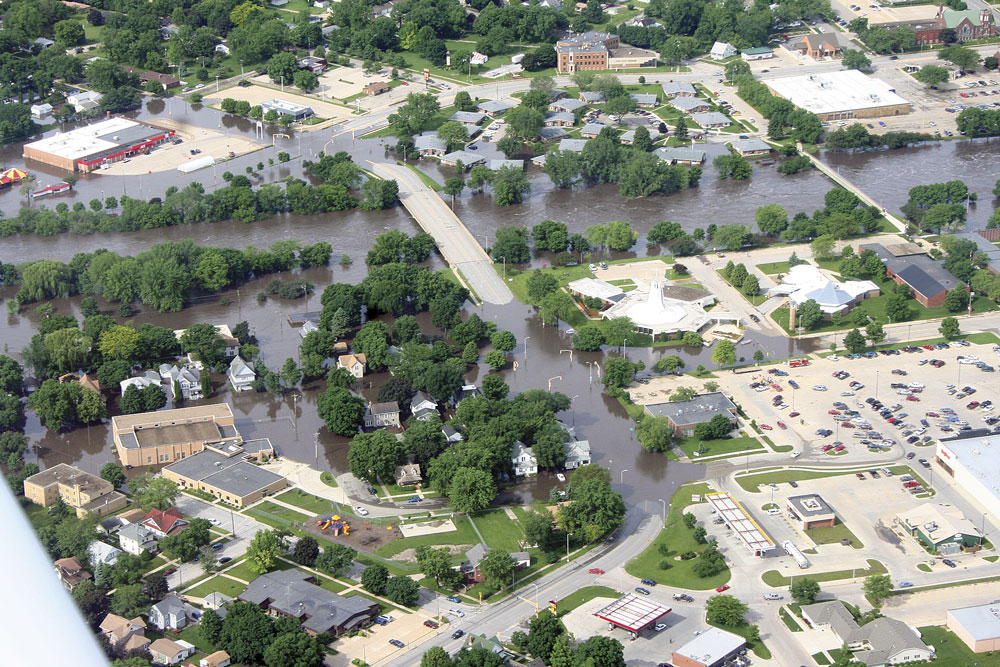
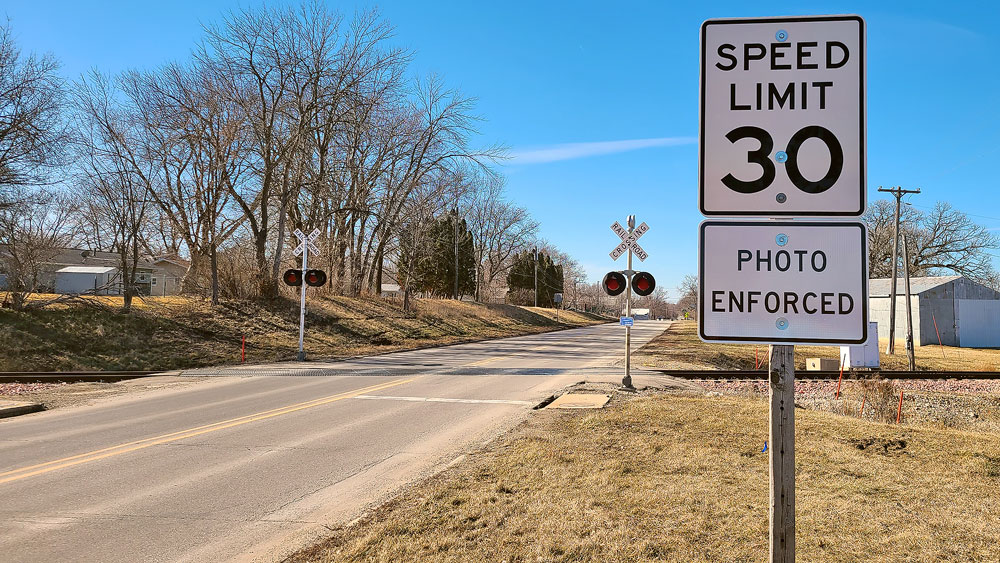
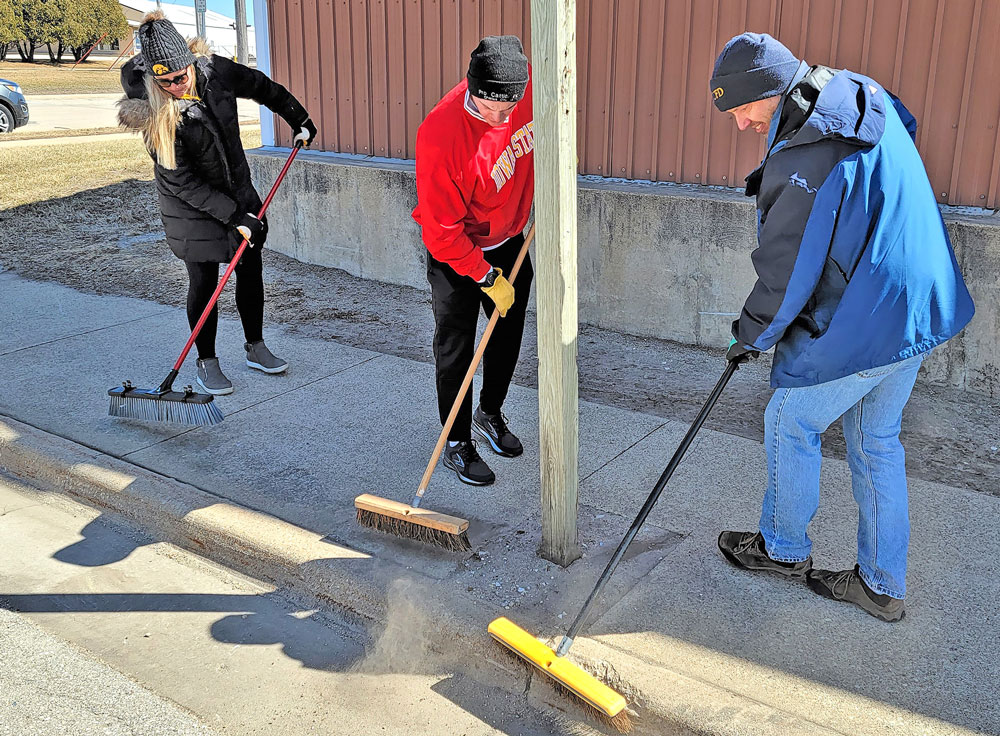





Social Share